Are you ready to ensure your organization stays on the cutting edge of technology compliance? As we navigate the rapidly evolving digital landscape, it's crucial to adhere to the latest regulations and standards that govern our industry. This letter serves as a formal notice of an upcoming technology compliance audit, designed to help you identify any gaps and enhance your operational integrity. Join us as we delve deeper into what this means for your business and how you can prepare effectively'read on to find out more!

Introduction and Purpose
A technology compliance audit is essential for ensuring that organizations adhere to regulatory standards and internal policies regarding technology usage. This audit aims to evaluate adherence to frameworks such as GDPR (General Data Protection Regulation) and HIPAA (Health Insurance Portability and Accountability Act), focusing on data protection and information security. The audit process will involve assessing current technology infrastructures, including cloud services and software applications, to identify compliance gaps. The outcomes will pinpoint areas that require immediate remediation and provide recommendations to enhance overall security posture while mitigating risks associated with noncompliance.
Scope of Compliance Audit
The scope of a technology compliance audit encompasses a thorough examination of systems, processes, and security measures implemented in organizations such as financial institutions, healthcare providers, or educational institutions. This audit investigates adherence to regulatory frameworks, including the General Data Protection Regulation (GDPR) and the Health Insurance Portability and Accountability Act (HIPAA), affecting data privacy and security standards. Key areas of focus include information technology infrastructure (such as servers and networks), software applications (including enterprise resource planning systems), employee access controls, and incident response protocols. The auditing process also evaluates compliance with industry standards such as ISO 27001 for information security management and Payment Card Industry Data Security Standard (PCI DSS) for payment transactions, ensuring protection against data breaches and cyber threats. Ultimately, the goal is to identify vulnerabilities while emphasizing best practices for fostering a culture of compliance within the organization.
Scheduled Date and Duration
A technology compliance audit, scheduled for January 15, 2024, will occur over a two-day period at the main office located in Silicon Valley, California. The audit aims to evaluate adherence to industry standards such as ISO 27001 and NIST guidelines. Compliance officers will inspect systems, including network security protocols and data encryption methods, assessing their effectiveness in safeguarding sensitive information. Participants must ensure availability of all relevant documentation, including previous audit reports and current policy manuals. Communication of findings will take place on January 17, 2024, with follow-up actions required within 30 days of the report.
Documentation and Information Required
A technology compliance audit notice outlines necessary documentation and information required for businesses to meet industry standards and regulations. This audit examines aspects such as cybersecurity protocols (ISO 27001), data protection policies (GDPR for European entities), and software licensing agreements (Microsoft, Adobe). Organizations must provide detailed records of their IT infrastructure, including asset inventories (hardware and software), network diagrams illustrating system architecture, and incident response plans developed in accordance with NIST guidelines. Additionally, employee training records on compliance measures and access controls must be vetted. Timeframes for the audit process generally span four to six weeks, ensuring all relevant departments are prepared for thorough examination.
Contact Information for Queries
A technology compliance audit notice serves as an essential communication tool, ensuring that organizations adhere to established regulations and standards. The notice should include direct contact information, such as a dedicated email address or phone number for any queries. This contact should preferably belong to a senior compliance officer or technology manager, who possesses in-depth knowledge of relevant laws, like the General Data Protection Regulation (GDPR) or the Health Insurance Portability and Accountability Act (HIPAA). Timely responses can provide clarity on compliance procedures and help facilitate the audit process, impacting overall organizational efficiency. Ensure the contact information is clearly stated, inviting questions from stakeholders, thus promoting transparency.

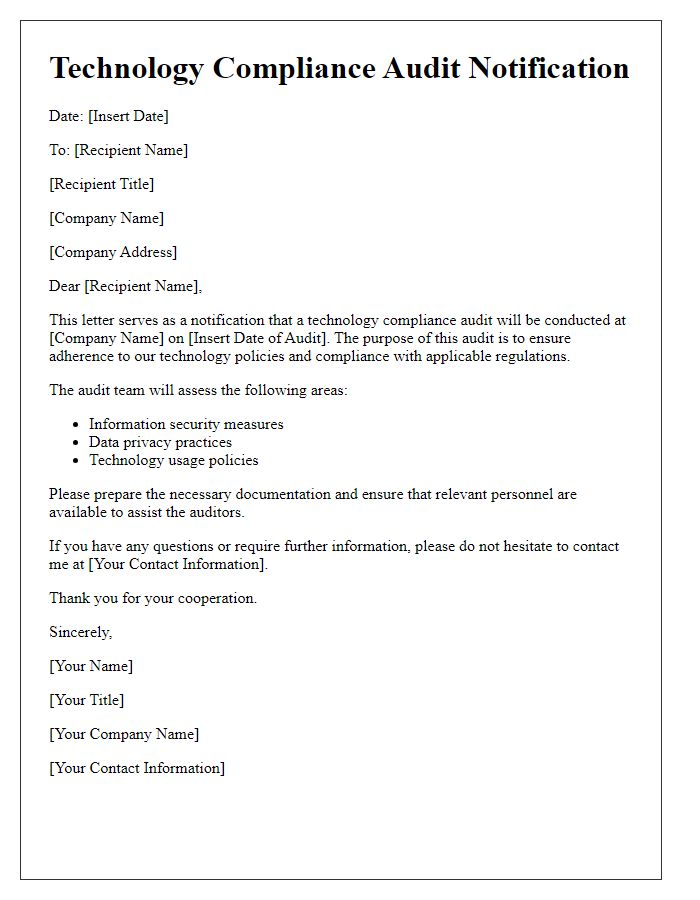
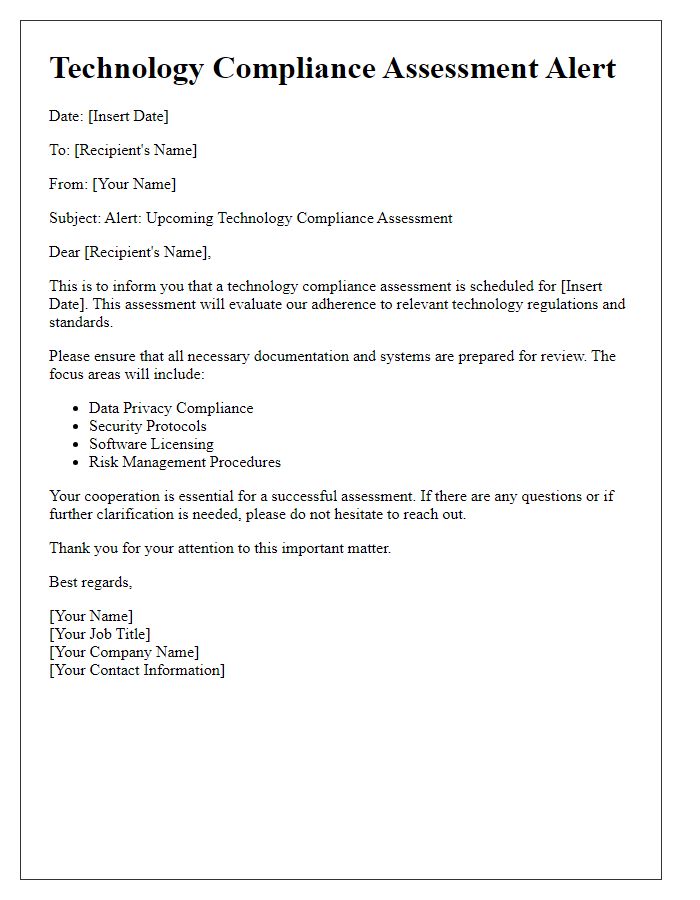
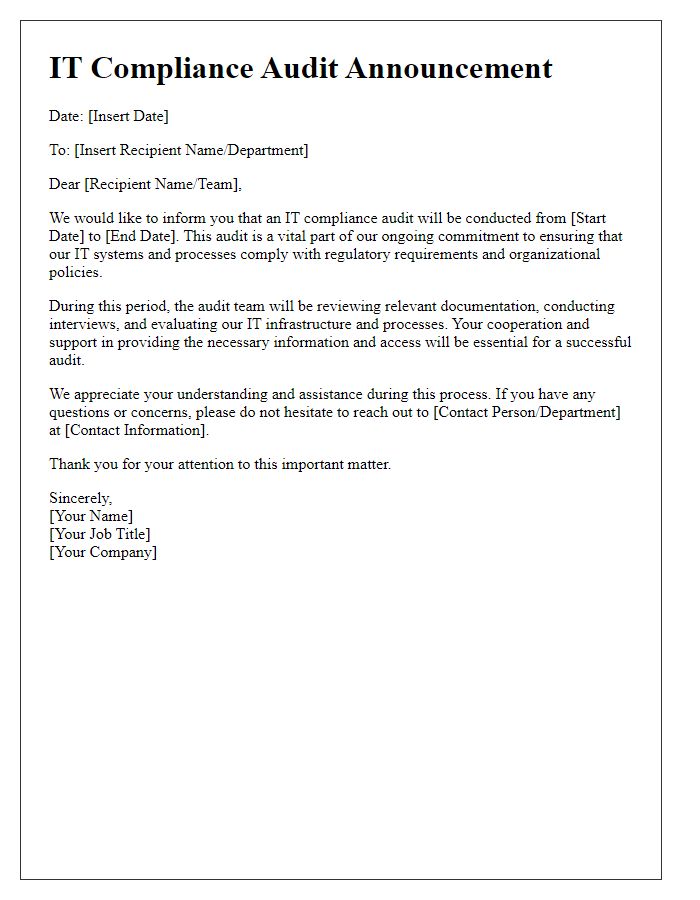
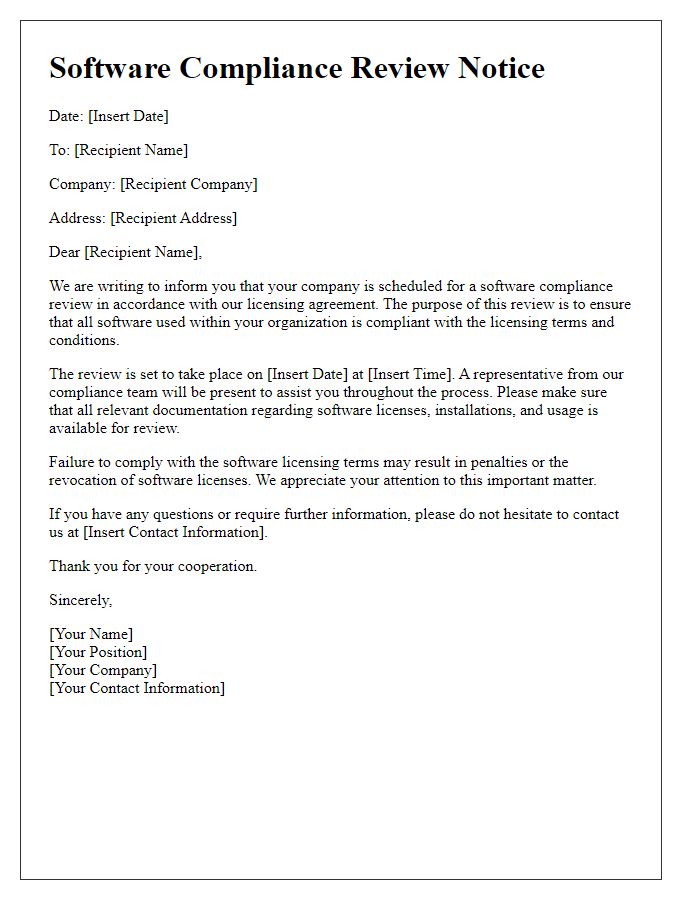

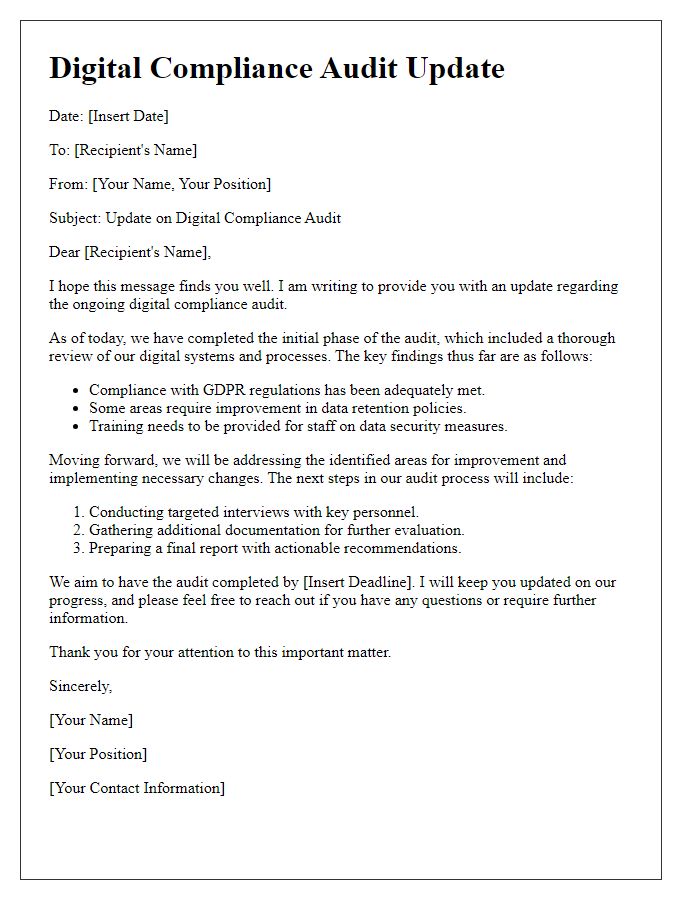
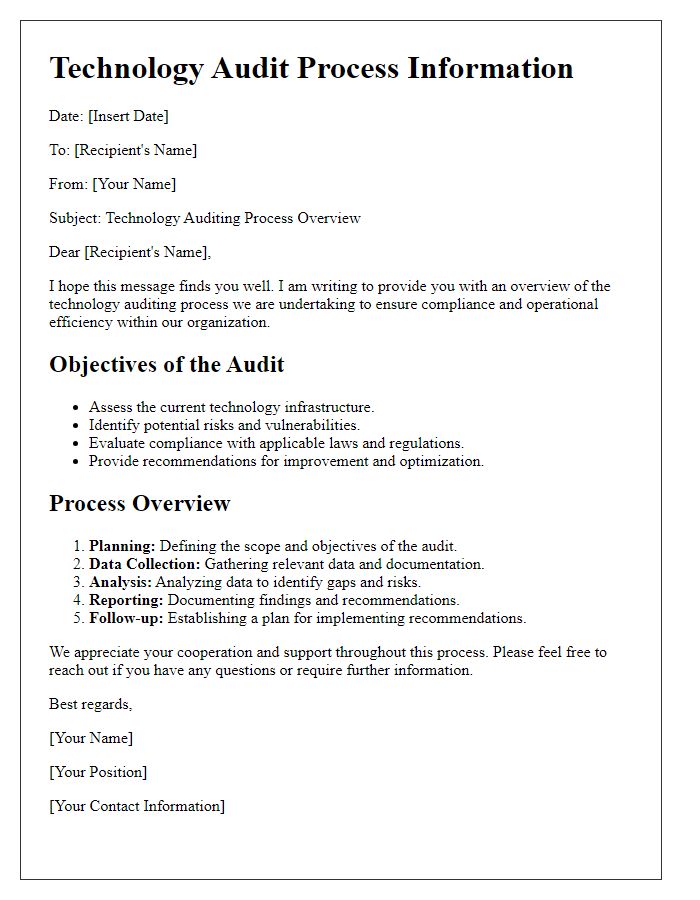
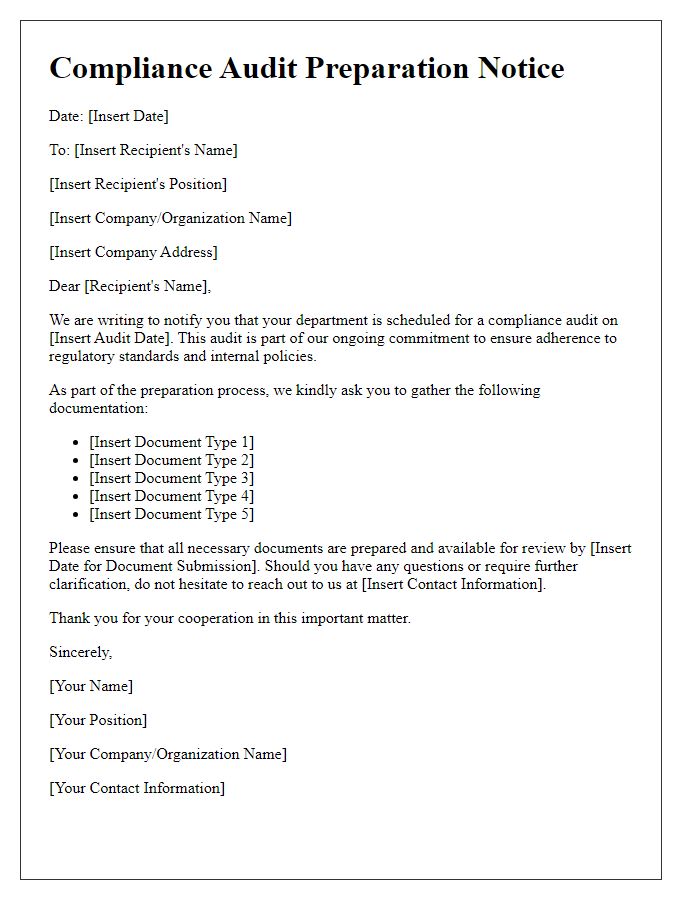
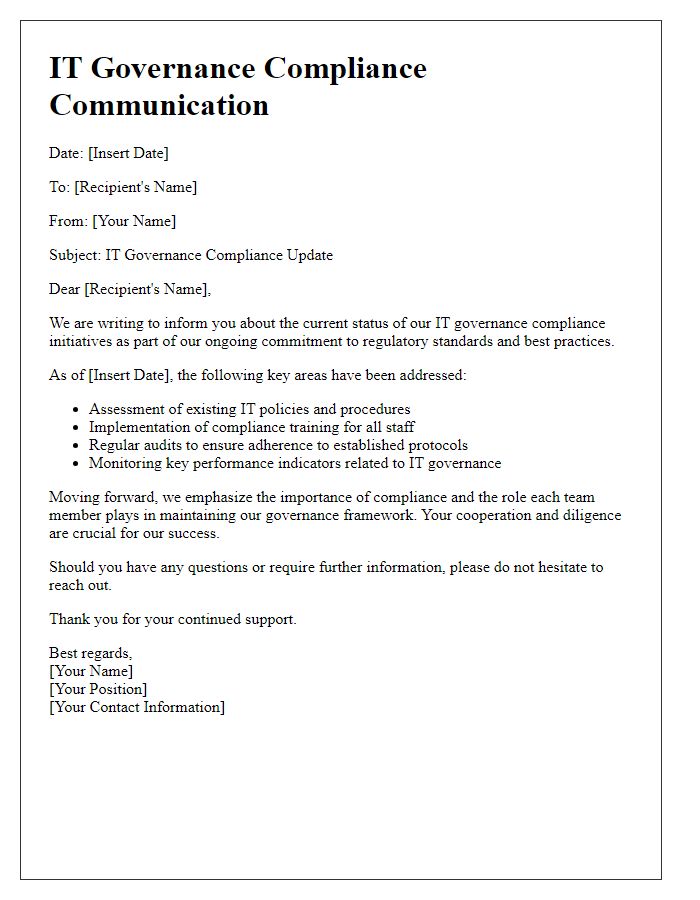
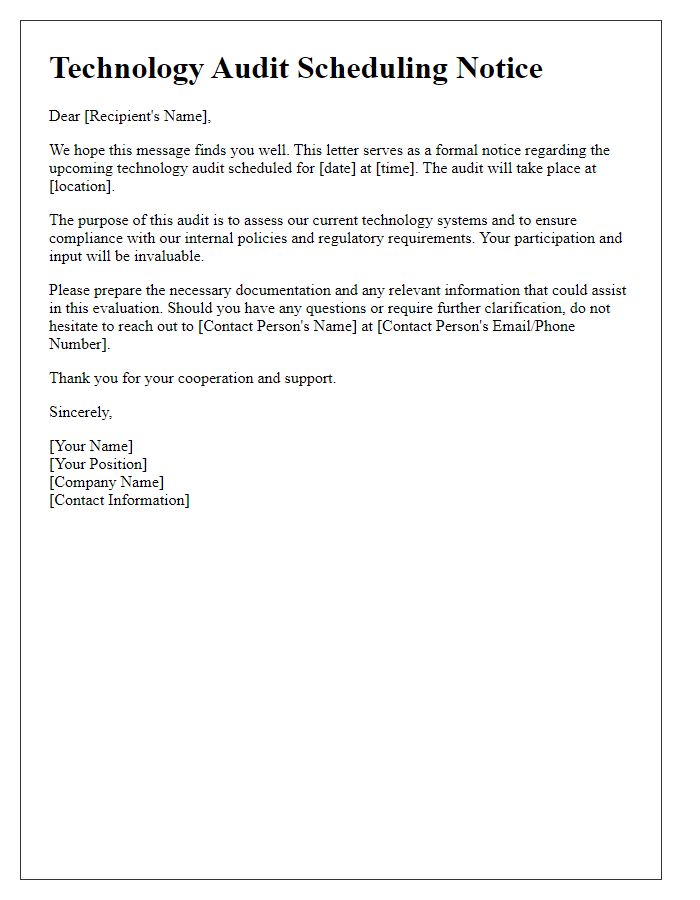

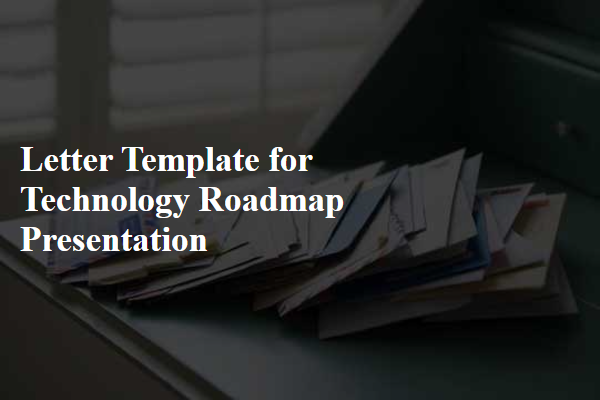
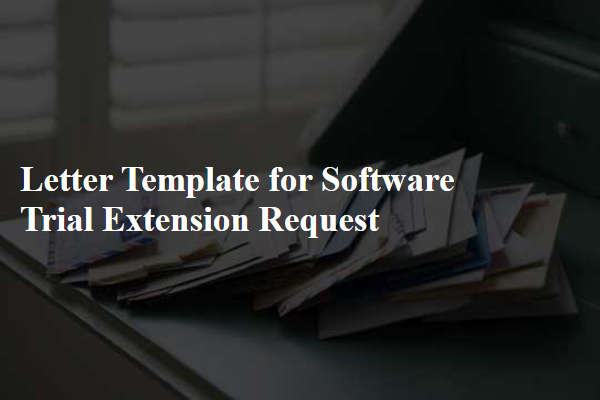
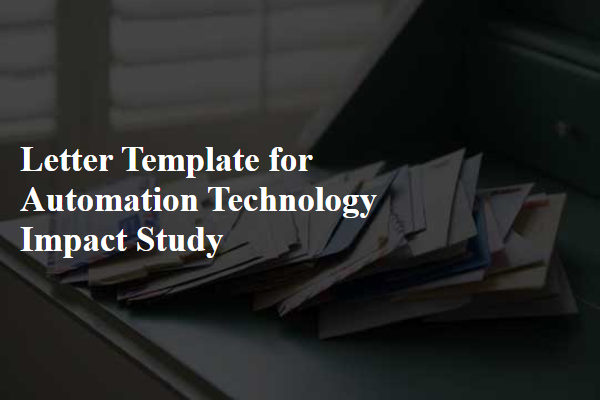
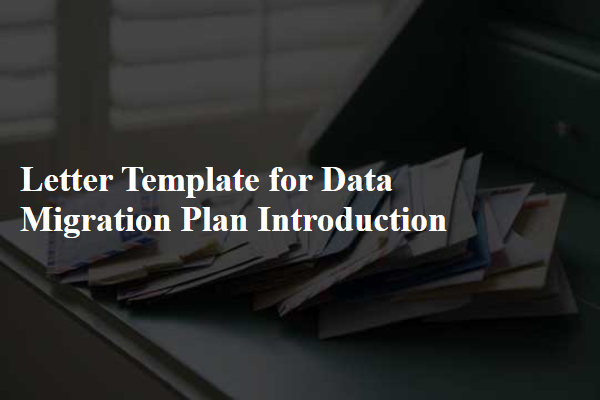
Comments